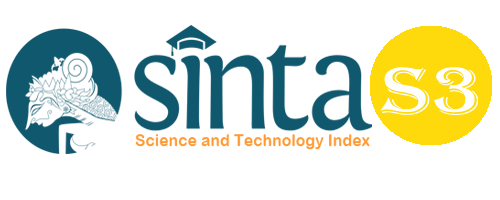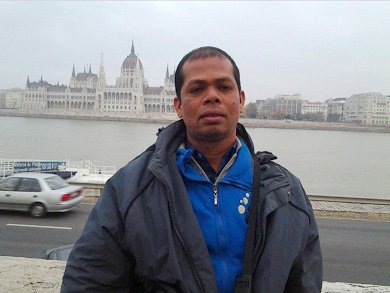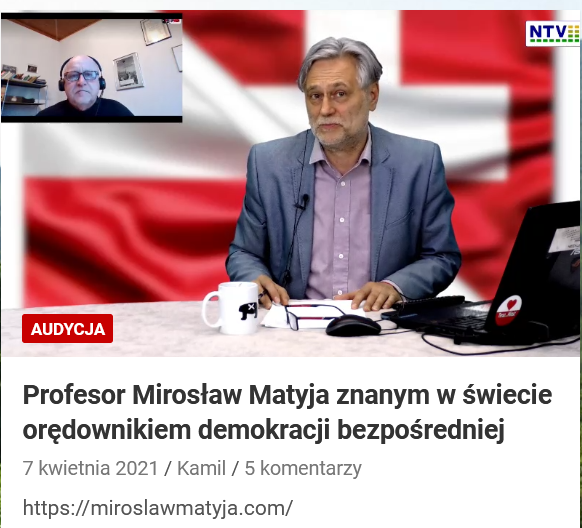Juridical Analysis of the Process of Implementation of Crimination Related to Remedies for Clemency
Abstract
The Unitary State of the Republic of Indonesia is a state of law. The 1945 Constitution stipulates that the Unitary State of the Republic of Indonesia is a legal state (rech stat), as evidenced by the provisions in the preamble, content, and explanation of the 1945 Constitution. This study aims to understand and analyze the president's authority to provide commutation of sentences based on positive law, as well as understand and analyze the purpose of granting leniency as a legal effort to oppose the implementation of the sentencing process. This research uses normative legal research, namely studying legal rules to determine legal principles, understanding vertical/horizontal synchronization, understanding all aspects of legal history, and understanding comparisons between legal systems. Based on the results of the research, the president has the right to accept and reject applications for leniency from death row, life imprisonment, and life imprisonment who have received fixed sentences from courts at all levels. The existence of leniency as a form of legal effort in the process of implementing decisions, both approval and rejection, must be based on the purpose of punishment, not administrative intervention, or presidential intervention in the judiciary, but the president grants clemency and leniency. Privileges have nothing to do with evaluating the judge's decision and cannot eliminate the perpetrator's crime.
Keywords
Full Text:
PDFReferences
Andi Hamzah. (1987). Legal Dictionary, Ghalia Indonesia, Jakarta.
Asa Mandiri Editor. (2007). Three Constitutions of the Republic of Indonesia; the 1945 Constitution of the Republic of Indonesia as a result of the Amendment; 1950 RIS Constitution; Provisional Constitution of the Republic of Indonesia 1950, Asa Mandiri, Jakarta.
Bambang Waluyo, Principles of Criminal Law, Ghalia Indonesia, Jakarta,
Barda Arief Nawawi. (1996). Legislative Policy in Combating Crimes with Imprisonment, Diponegoro University Publisher, Semarang.
Barda Nawawi Arief. (2010). Criminal Law Policy “Development of Drafting the New Criminal Code Concept”, Kencana Prenada, Jakarta.
Burhan Ashshofa. (2001). Legal Research Methods Third Printing, PT Rineka Cipta, Jakarta.
Chazawi's, A. (2002). Lessons on Criminal Law Part II, Raja Grafindo Persada, Jakarta.
Dictionary-Paper-Jurnal-Internet-Ahmad Rajafi's“Clemency in Indonesia” http //ahmadrajafi. Wordpress.com/2011/02/02/grasidiindeonsia/ accessed on 19 December 2019.
Editor of Sinar Graphic. (2007). the 1945 Constitution Amendment Results and Complete Amendment Process of the 1945 Constitution; First 1999-Fourth 2002, Sinar Graphic, Jakarta.
Libra Eva Achjani Zulfa. (2017). Development of the Criminal System and Correctional System, Rajawali Pers, Depok.
Ministry of National Education "Big Indonesian Dictionary", Jakarta, Balai, 3rd Edition, 2003.
Ismail Suny. (1981). The Mechanism of Pancasila Democracy, New Script, Jakarta.
Jimly Ashiddiqe. (2006). Constitution and Constitutionalism, Secretary General and Registrar of the Indonesian Constitutional Court, Jakarta.
Jimly Asshidiqie. (2011). Fundamentals of Indonesian Constitutional Law, PT Bhuana Ilmu Popular, Jakarta.
Jimly Asshiddiqie. (2010). Indonesian Constitution and Constitutionalism, Sinar Graphic, Jakarta.
Karyono, O., and Agustina, K. (2019). Determining the Priority Strategy in the Implementation of E-Government through Swot Analysis Model. Budapest International Research and Critics Institute-Journal (BIRCI-Journal) Vol 2 (2): 66-74.
Muhammad Ridhwan Indra and Satya Arinanto. (1998). The Power of the President in the 1945 Constitution is very large, CV Trisula, Jakarta,
Muladi. (1985). Conditional Criminal Institution, Alumni, Bandung.
Muhari Agus Santoso. (2002). New Paradigm of Criminal Law, Averroes Press, Malang.
Remmelink, Jan. (2003), Criminal Law: Commentary on the Most Important Articles of the Dutch Penal Code and their Equivalents in the Indonesian Criminal Code, Gramedia Pustaka Utama, Jakarta.
Salmi, Akhiar. (1985). The Existence of the Death Penalty, Persada Script, Jakarta.
Sholeh Soeadi. (2002). Perpu 1/2002 Terrorism decreed by President Megawati, Durat Bahagia, Jakarta.
Simorangkir, JCT., Rudy T. Erwin and JT. Prasetyo. (1995). Legal Dictionary, Earth Literacy, Jakarta.
Soerjono Soekanto. (1985). Normative Legal Research, Rajawali Publishers, Jakarta.
Sumali. (2003). Reduction of Executive Power in the Field of Regulations in Lieu of Law (Perpu), UMM Press, Malang.
Suwoto Mulyosudarmo. (1997). Transfer of Power, Theoretical and Juridical Studies of Nawaksara's Speech, Gramedia Pustaka Utama, Jakarta.
Triana Putrie Vinansari, Juridical Review Regarding Granting Clemency to Convicts in Indonesia, Journal of Criminal Law, Faculty of Law, University of North Sumatra, Medan 2013.
Utrecht. (1987). Summary of Sari Hukum Lectures on Criminal Law II, Pustaka Tinta Mas, Surabaya.
Sahetapy, JE, Mechanism for Oversight of President's Rights, in http://Hukum.blogspot.com/2007 /06/mechanism-supervision-over-hak-hak.html, accessed April 17, 2020.
Tony Prayogo, R.. (2012). Competence of the State Administrative Court in Judging Clemency Granting Cases, Indonesian Legislation Journal, Vol. 9 No. 3 – October 2012, Directorate General of Legislation, Ministry of Law and Human Rights RI, Jakarta.
The 1945 Constitution.
The Criminal Code (KUHP).
Law Number 8 of 1981 concerning the Criminal Procedure Code.
Law Number 5 of 2010 Junto Law Number 22 of 2002 concerning Clemency.
Law Number 39 of 1999 concerning Human Rights.
The 2019 Indonesian Criminal Code Bill.
“Amnesty and pardon Terminology and Etymology” see http://law.jrank.org/pages/505/Amnesty-Pardon-Terminology-etymology.html. accessed on 19 December 2019.
http://en.wikipedia.org/wiki/Pardons, accessed 12 August 2019.wawasan
DOI: https://doi.org/10.33258/birci.v4i4.3360
Article Metrics
Abstract view : 39 timesPDF - 31 times
Refbacks
- There are currently no refbacks.

This work is licensed under a Creative Commons Attribution-ShareAlike 4.0 International License.

This work is licensed under a Creative Commons Attribution-ShareAlike 4.0 International License.

_.gif)

















_.gif)



